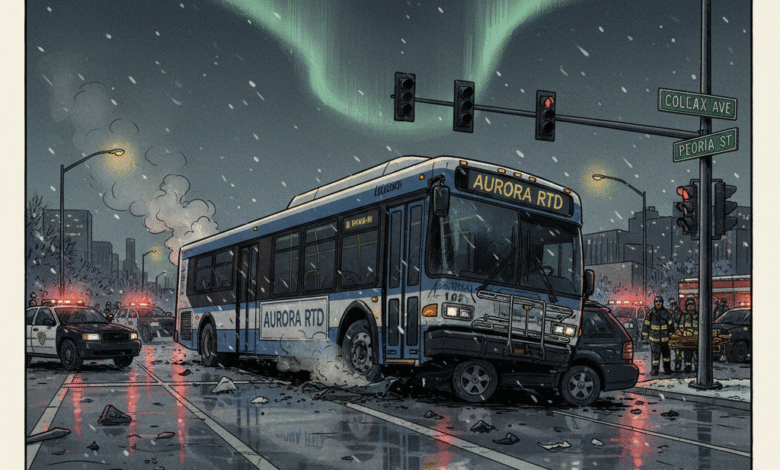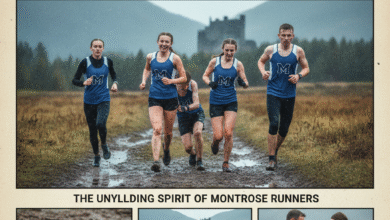Aurora Crash Highlights Urgent Need for Enhanced Bus Safety Measures

The jarring news of a serious collision between an RTD bus and an SUV in Aurora, leaving a woman and child fighting for their lives, serves as a stark reminder of the vulnerabilities inherent in our daily commutes. Beyond the immediate tragedy, this incident demands a critical examination of our city’s infrastructure and the safety protocols surrounding public transportation.
While the specifics of the accident are still under investigation, the severity of the injuries underscores the potential for catastrophic outcomes when vehicles of vastly different sizes and weights collide. The sheer mass of an RTD bus presents a significant danger to smaller passenger vehicles, highlighting the disproportionate risk borne by those in smaller automobiles.
The closure of E. 30th Avenue during the investigation emphasizes the disruptive impact of such events. Beyond the immediate inconvenience to drivers, the closure underscores the significant resources required for accident investigation, cleanup, and the overall disruption to the community’s rhythm.
This incident isn’t an isolated event; it’s a symptom of a larger problem. We need a proactive, not reactive, approach to urban transportation safety. This means investing in advanced safety technologies for RTD buses, such as improved braking systems and collision avoidance features. It also necessitates a comprehensive review of driving practices, both on the part of bus drivers and other motorists.
Furthermore, a thorough investigation needs to consider the condition of the roads, the visibility at the intersection, and any other contributing factors. Was there inadequate lighting? Poor road markings? A blind spot in the intersection’s design? These are all questions that need to be addressed to prevent similar tragedies in the future.
The Aurora community is rightly concerned. The hope for the woman and child’s recovery is paramount, but alongside that, the demand for tangible changes to enhance public safety is a legitimate and necessary response. We cannot simply accept such accidents as inevitable.
Ultimately, this crash serves as a wake-up call. It underscores the critical need for a multi-faceted approach to improving bus safety, encompassing technological advancements, driver training, infrastructure improvements, and a renewed commitment to prioritizing the safety of all road users. The focus must shift from reaction to prevention, ensuring that the tragic events of Thursday evening don’t become a recurring nightmare for Aurora residents.




